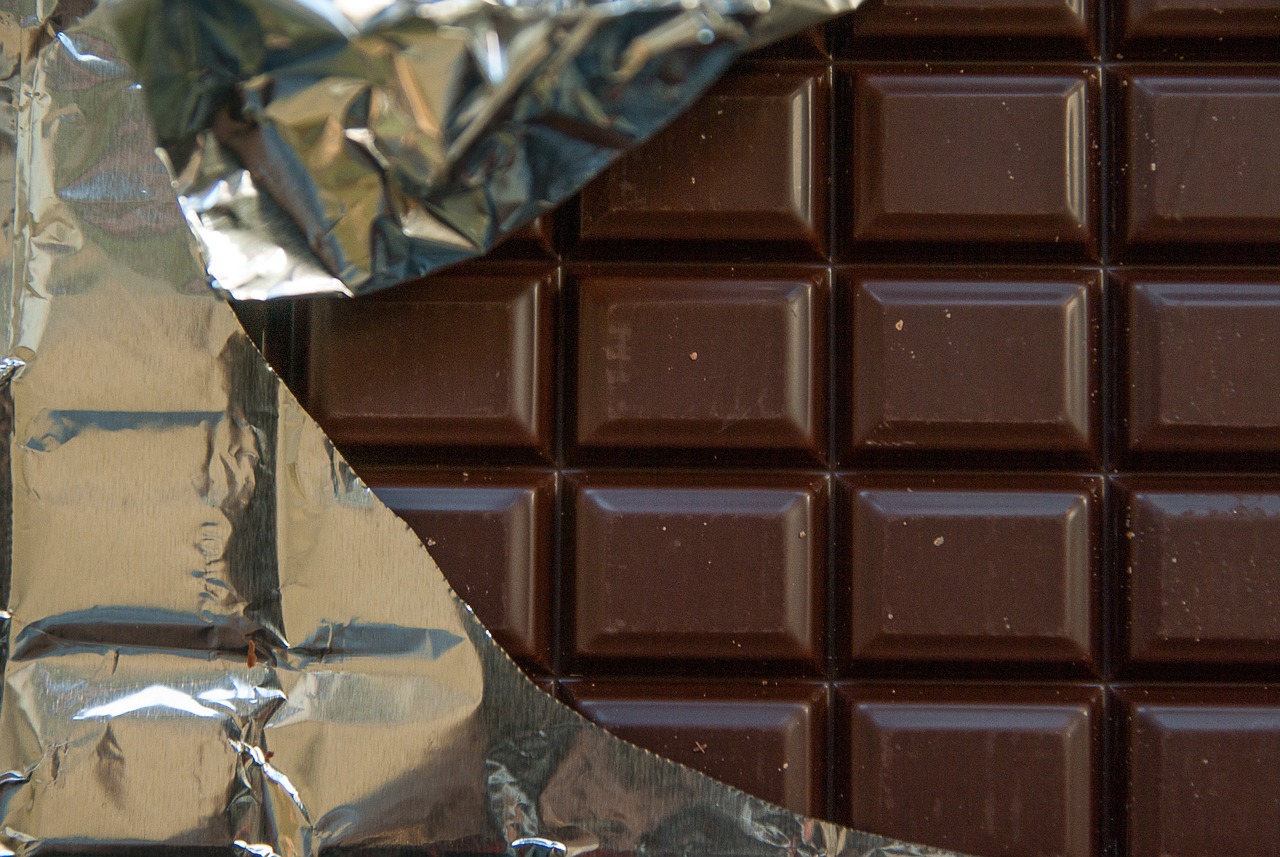While feeding chocolates to a horse may seem harmless, feeding them to competing race horses is prohibited because they contain substances that act stimulants. Horse racing regulators are quite strict in imposing this prohibition and have in fact taken action against blood horse trainers found in violation of the restriction.
The Association of Racing Commissioners International (ARCI), maintains that any foreign substance found after testing the urine sample of a horse in question is regarded as a violation. Although foreign substance is defined by the ARCI as referring to stimulants in the form of drugs, the association includes caffeine in its classification of drugs because the substance can enhance the performance of a race horse.
The Caffeine in Chocolates is Considered a Drug
The ARCI maintains that chocolates contain caffeine and theobromines, which if ingested by a competing race horse will give the animal an unfair advantage over its competitors.
Many doubt there is truth to this contention, which is why the Ohio State University (OSU) conducted a scientific study about chocolates and its caffein content. The primary purpose is to determine the amount chocolates that a trainer has to feed a race horse, for the caffeine substance to kick-in as stimulant.
The main author of the OSU research, Richard Sams, a professor of veterinary medicine said they took to studying three horses who were fed with M&Ms that come in a pack size dispensed by ordinary vending machines. A pack of M&M chocolate-coated peanuts contains about six (6) milligrams of caffeine.
Each horse was fed with 20 M&M chocolate coated peanuts daily and for 8 straight days, to determine at what point the caffeine substance can be detected in the animals’ urine. The study showed that caffeine tends to stay in a horse’s system much longer that it does in humans. That is why, urine samples taken on the eighth day and after 5 to 6 hours of feeding the horses with M&Ms, traces of caffeine still in the horse’s urine but only at a concentration of about 0.05 parts per million.
Professor Sams believes that the concentration detected is not enough to have had an effect on the performance of a race horse. According to the OSU professor of veterinary medicine, it would take several grams of caffeine for the substance to make an impact on a 1000-lb horse’s performance in a racing competition.
Yet under the ARCI’s set of rules, the fact that caffeine was detected in the urine of the horse as a foreign substance is reason enough for a horse racing regulator to disqualify it as a competitor. Apparently, the ARCI provides little guidance about the pharmacology of drugs and the concentration that will indicate if the caffeine ingested did give the animal an unfair advantage.
The ARCI ruling on caffeine is plain and simple, caffeine is considered a drug designed to stimulate a race horse. In concluding the OSU research, Professor gives advice to blood horse owners and trainers not to feed their thoroughbreds and fillies with chocolate if the animals are about to run in a horse racing competition.

